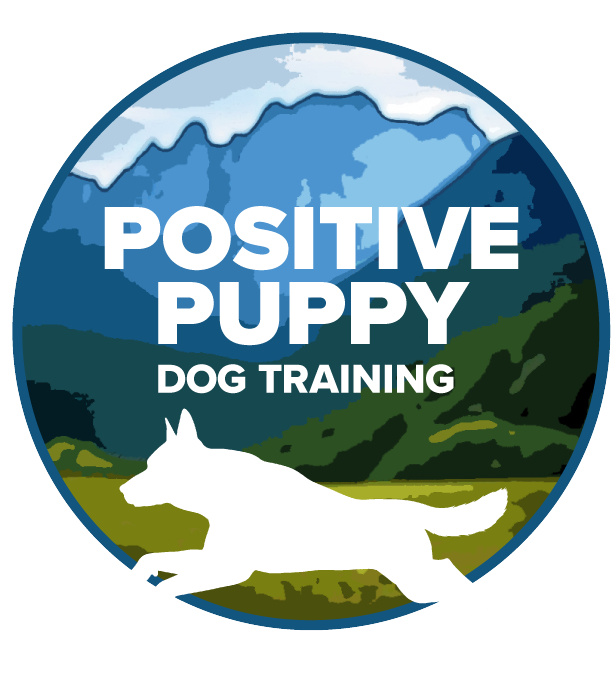Why “Heel” is Important
Many of us here in the Wood River Valley don’t feel the need to teach our dogs how to heel. We take them for walks in the woods, or with us on bike rides or family fun days in all sorts of place. Most of the time, our dogs are off leash.
One of my biggest concerns is that I hear people telling me they don’t want to put a leash on their dog because the dog pulls so hard its miserable. That is exactly the point. It’s miserable for everyone. So, is the solution not to put a leash on your dog? Or is it to teach you dog how to heel?
The less we teach a dog, the harder it is to communicate with him on every level, and the more DISTANT OUR RELATIONSHIP IS. Heel is important because:
- It teaches the dog to respect us.
- It teaches us how to communicate with the dog EFFECTIVELY.
- It helps us to learn who our dog is and how they learn, which is actually very exciting!
- Pulling on the leash, even with a flat collar endangers the dog’ neck.
- Pulling on the leash endangers US and our HEALTH! I had one client years ago whose dog pulled both owners over breaking the face of one of the owners, and putting the other owner in physical therapy for 6 months! This is serious business!
- It endangers the safety of your dog if your dog pulls the leash out of your hand and runs across the street into the path of a car, or into the path of a dangerous animal on the trail.
- The choice of not using a leash is just as dangerous!
There are many ways to teach your dog how to heel. What is important is to find the method that is most effective for you and your dog. There is no one method that fits every dog and every owner. The key is to get help from someone that has many methods of teaching and instructing heel to share with you so that you find the one that works best and is most effective. Some dogs need a gentle touch, others dogs need a little more convincing. It depends on the dog and sometimes even depends on your physical abilities.
Seek qualified professional help from someone that teaches more than one methodology so they can prescribe what is most effective for you and your dog.
Copyright 2014 Fran Jewell

